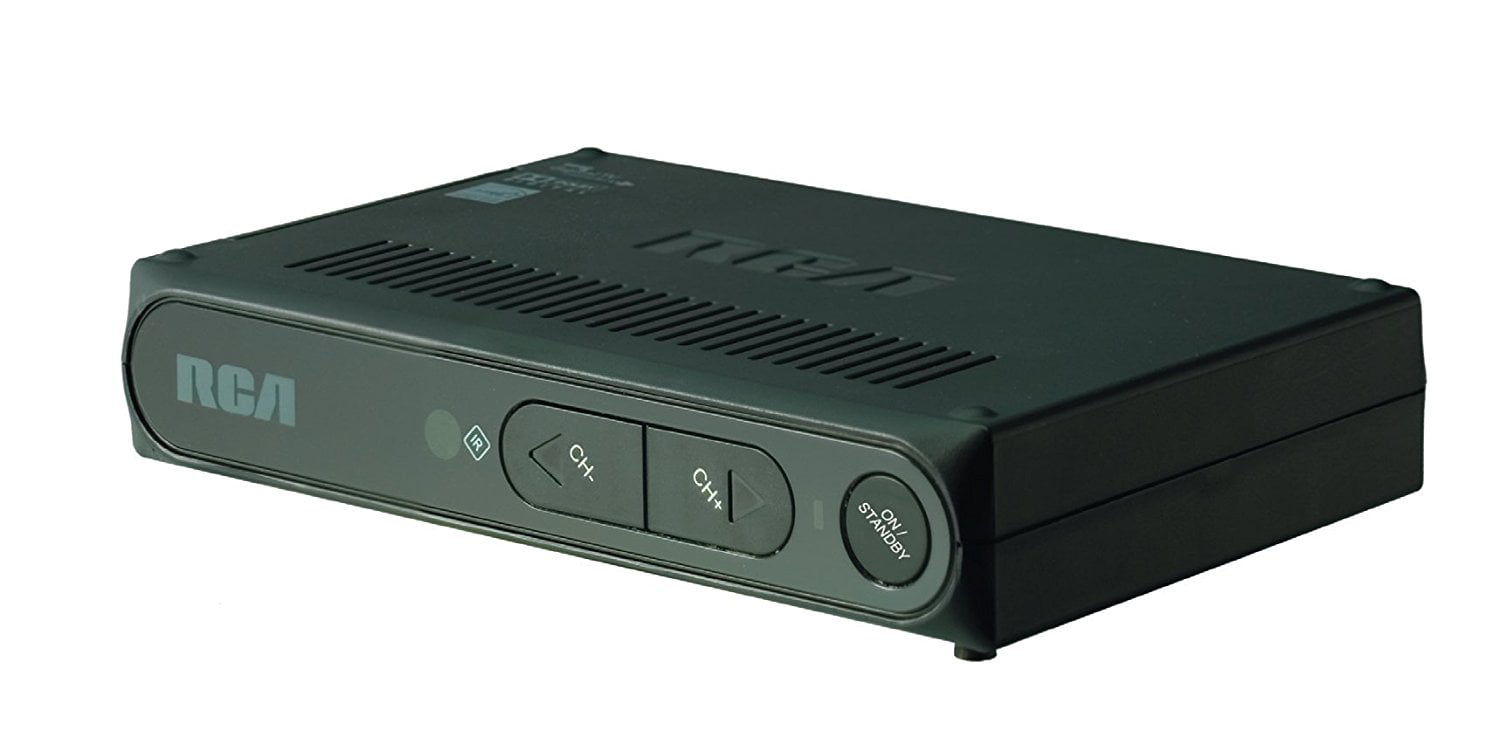

It directed the FCC to deposit the receipts from the spectrum auction of the returned analog television frequencies into the fund. The Act also established a new Treasury fund, known as the Digital Television Transition and Public Safety Fund. Consumer education plans for the subsidy program were targeted to low-income, elderly, disabled, inner city, immigrant, and rural Americans, because these groups were more likely to use an antenna instead of cable or satellite television. (This deadline later changed to June 12.) Recognizing that consumers might wish to continue receiving broadcast programming over-the-air using analog-only televisions, the Act authorized the NTIA to create a digital-to-analog converter box assistance program. The United States Digital Transition and Public Safety Act of 2005, part of the Deficit Reduction Act of 2005, required that the Federal Communications Commission (FCC) direct all full-power television stations to cease analog TV broadcasting before midnight on February 17, 2009. Digital Transition and Public Safety Act of 2005 Barton estimated that 8 to 10 million converters would be needed.

Each home would receive a rebate coupon for one box, which could be mailed to the United States Treasury for redemption. The subsidies were intended only for people who could not afford a pay service such as cable or satellite television.

Included in his plan was a $400–$500 million subsidy for converter boxes, which were expected to cost $50 each. In March 2005, United States House Commerce Committee chairman Joe Barton of Texas said he would introduce a bill requiring the transition to digital television "sometime in the spring", saying he wanted analog broadcasting to end on December 31, 2006. The specification was developed by the National Telecommunications and Information Administration (NTIA), with input from the broadcast and consumer electronics industries as well as public interest groups. The subsidy program was enacted to provide terrestrial television viewers with an affordable way to continue receiving free digital terrestrial television services after the nation's television service transitioned to digital transmission and analog transmissions ceased. National Telecommunications and Information AdministrationĪ coupon-eligible converter box ( CECB) was a digital television adapter that met eligibility specifications for subsidy "coupons" from the United States government. English, Spanish, and portion of other languages


 0 kommentar(er)
0 kommentar(er)
